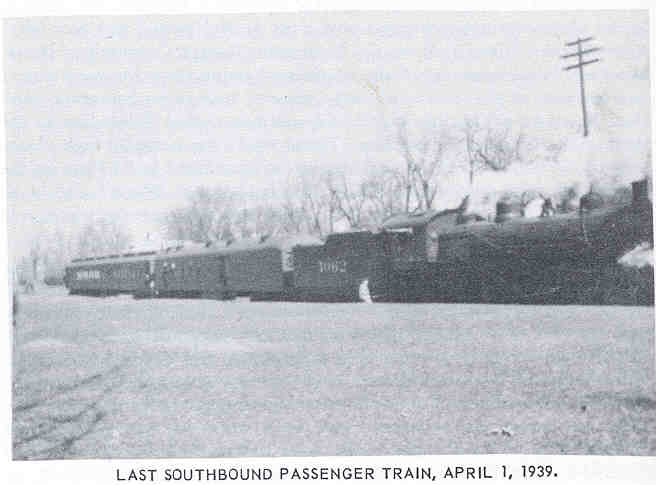
During World War I the Central sent a crew to El Paso to raze the old hotel and depot. A wire from William Gibbs McAdoo, war railroad administrator stopped this, and ordered that no new building could be erected during the war. He did authorize needed repairs as a war necessity. In 1918 these repairs were made; they almost amounted to a rebuilding which cost more than the original and the 1895 additions combined.
The remodeled hotel opened under its old name of the Campbell House, but the Van Noys Company could not make it and its new restaurant pay. They gave up their lease and Cecil D. Tarman, a local man, and others in turn tried the management in whole or in part, each soon quitting at a loss or with no profit
The coming of the automobile and the laying of hard surfaced roads were then causing a rapid decline in rail passenger traffic through El Paso. With state routes 2 and 8, eventually U. S. Highways 51 and 24, crossing a half-mile to the west of the rail crossing, that area soon became more important than the old center of traffic. The last regularly scheduled passenger train on the T. P. & W. came through in 1926,6 although their combination trains and freights did on occasion carry a passenger or two after that year. The Illinois Central kept up a lessening passenger service for thirteen more years, finally receiving a permit to discontinue service completely. At 4:30 P. M. the afternoon of April 1, 1939, northbound passenger train No. 130 made

Last southbound passenger train, April 1, 1939.
Page 78